
fongbeerredhot at Shutterstock
Falls and accidents are some of the major causes of head injuries, especially in children and older adults. However, you can lower the risk of suffering a serious head injury and ensure head safety in your routine life by taking a few simple measures.
Buckle Up for Brain Safety
Always Wear Your Seat Belt — Seat belts work to restrain an unintended forward movement during a collision or abrupt braking. Also, your car’s airbags work along with seat belts to keep you in place. Not wearing a seat belt renders this safety system ineffective. Furthermore, clicking it will also keep you from receiving a ticket!
Never Drive Under the Influence — Drug or alcohol intoxication is dangerous for you and fellow passengers, as well as others who share the road with you. It can impair your driving skills by slowing down the reaction time and undermining cognitive functions.
Don’t Text or Use Your Cell While Driving — Using mobile phones while driving is not only an offense but also a dangerous distraction. The NHTSA reported that it had claimed 3,166 lives in road accidents in 2017 alone. Distracted driving can lead to accidents, increasing the risk of incurring brain injuries or worse, death. So avoid taking calls or texting when you are at the wheel.
Protect Your Head With a Helmet
Motorists riding a two-wheeled vehicle must protect their head with a helmet. Always choose a helmet that bears the prescribed safety rating. Make sure that the one you choose is approved for safety by DOT, ECE or SNELL (predominantly for racing).
A poorly-fitted helmet can be worse than no helmet at all. Hence, make sure that your helmet sits squarely on your head (not too loose to have gaps) and doesn’t tilt backward. Its cheek pads should be pressed against your cheeks comfortably, and the brow pads should be positioned on your temples with no gaps in between. In full-face helmets, the face shield shouldn’t touch your nose, except due to wind pressure while riding.
Head Safety Tips for Kids
- Encourage your child to wear a helmet while driving, riding a horse or a bike, sledding, skiing, snowboarding, skateboarding and other sports.
- Depending on your kid’s age, use a booster or safety seat that fits him/her properly, and ensure that your child is buckled in properly. Also, keep up with the seat’s regular maintenance at a licensed inspection station only.
- Never drive with your child when you are intoxicated or feeling tired.
- Use non-slip mats in the bathroom and make other necessary improvements in your home to prevent falls.

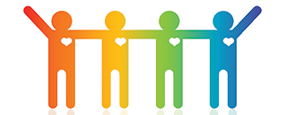
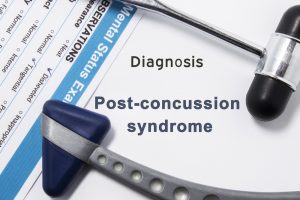 Post-concussion or post-concussive syndrome is typically associated with a head injury. It refers to the lingering symptoms of a concussion or a mild
Post-concussion or post-concussive syndrome is typically associated with a head injury. It refers to the lingering symptoms of a concussion or a mild  Concussion, also known as a Mild
Concussion, also known as a Mild 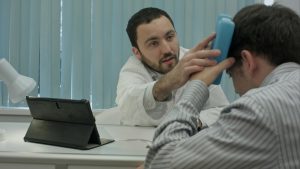 Getting injured is a common occurrence, but head injuries are not always harmless. Many cases related to death and disability in the United States occur due to head injuries. Since there is a risk of developing complications, medical professionals suggest that a head injury must always be taken seriously.
Getting injured is a common occurrence, but head injuries are not always harmless. Many cases related to death and disability in the United States occur due to head injuries. Since there is a risk of developing complications, medical professionals suggest that a head injury must always be taken seriously.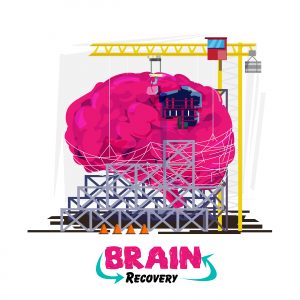 Brain injury rehabilitation programs are helpful for patients who suffered a
Brain injury rehabilitation programs are helpful for patients who suffered a  The brain is the human body’s most important organ. It controls vital functions such as speech, memory and limb movement. Brain injuries can occur due to various factors. Sudden onset of a brain injury may be caused by trauma, lack of oxygen supply to the brain or an infection. Insidious onset of brain injury may be caused by tumors, degenerative neurological diseases or prolonged substance or alcohol abuse.
The brain is the human body’s most important organ. It controls vital functions such as speech, memory and limb movement. Brain injuries can occur due to various factors. Sudden onset of a brain injury may be caused by trauma, lack of oxygen supply to the brain or an infection. Insidious onset of brain injury may be caused by tumors, degenerative neurological diseases or prolonged substance or alcohol abuse.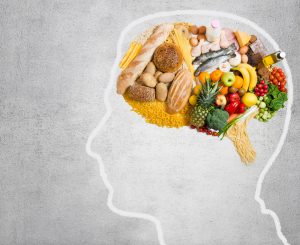 Did you know that by following a healthy diet you can actually help your brain heal? By including or excluding certain foods as part of your healthy lifestyle, you can help maximize the possibility that you’ll have a healthy brain for many years to come. Here’s a quick look at some of the best foods to include in your diet to improve your
Did you know that by following a healthy diet you can actually help your brain heal? By including or excluding certain foods as part of your healthy lifestyle, you can help maximize the possibility that you’ll have a healthy brain for many years to come. Here’s a quick look at some of the best foods to include in your diet to improve your  When your teen has had a head injury, talk of a concussion may be mentioned. But what exactly is a concussion, what are the symptoms and how should treatment proceed? Are there any sports risks or preventable measures that can be taken to lower your teen’s risk of a
When your teen has had a head injury, talk of a concussion may be mentioned. But what exactly is a concussion, what are the symptoms and how should treatment proceed? Are there any sports risks or preventable measures that can be taken to lower your teen’s risk of a 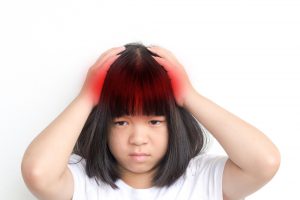
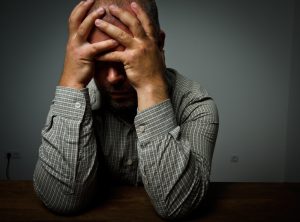 Every year, the lives of millions of people change due to brain injuries. Each year, 1.7 million people and their families have to adjust to the aftermath of an unexpected accident that caused a brain injury. While many survivors will fully recover, there are currently an estimated 5 million people who are living with lifelong disabilities as a direct result of their brain injuries. A ray of hope in this seemingly hopeless situation is that there are several steps that the survivors and their family members can take in order to better cope with lifelong disabilities after a
Every year, the lives of millions of people change due to brain injuries. Each year, 1.7 million people and their families have to adjust to the aftermath of an unexpected accident that caused a brain injury. While many survivors will fully recover, there are currently an estimated 5 million people who are living with lifelong disabilities as a direct result of their brain injuries. A ray of hope in this seemingly hopeless situation is that there are several steps that the survivors and their family members can take in order to better cope with lifelong disabilities after a 
